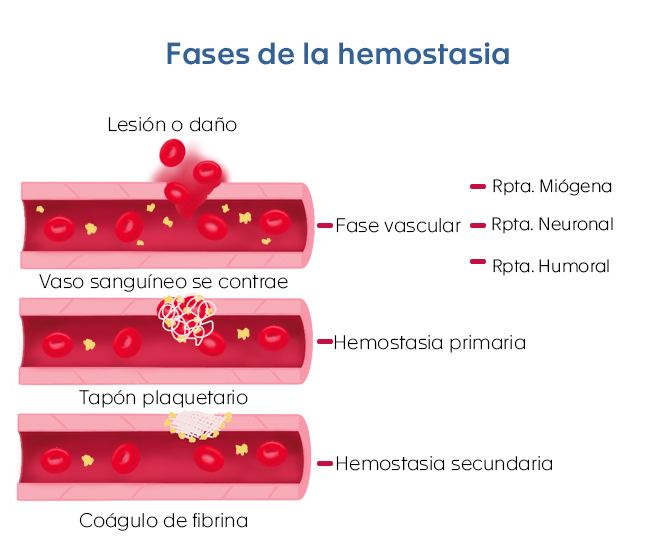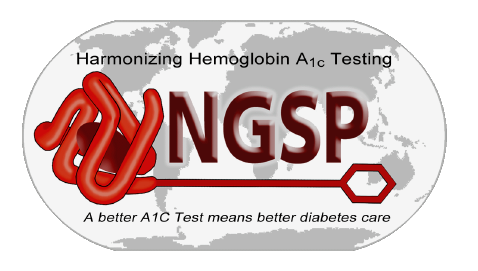Hemostasis
¿What is hemostasis?
Hemostasis is a physiological process whose purpose is to ensure that the blood remains within the blood vessels and maintains its fluidity; it also prevents excessive bleeding in the event of an injury. The process of hemostasis involves both platelets and coagulation proteins, which are studied in the laboratory when a disorder is suspected, either thrombotic (excessive or inadequate formation of clots in the blood) or hemorrhagic (intense and prolonged spontaneous bleeding or after an injury). Sometimes they may be routinely ordered by your physician prior to a surgery or procedure as a predictor of bleeding.
¿How do I know if I have a hemostasis disorder?
The person may begin to show signs on the skin such as petechiae and hematomas, unexplained mucosal bleeding, burning sensation or increased temperature in the extremities of the body.
¿What diseases are related to coagulation disorders and what laboratory tests are used to evaluate them?
Some coagulation disorders can cause thrombosis and others can trigger hemorrhagic diseases, among the best known are von Willebrand’s disease and hemophilia A and B, which will depend on the coagulation protein involved.
General studies include prothrombin time (PT) and activated partial thromboplastin time (aPTT), which evaluate most of the factors of the coagulation pathways (extrinsic, intrinsic and common), and thrombin time (TT), which is related to initial clot formation. Specialized tests are available for the specific determination of the different coagulation factors (e.g. VIII, IX and XI) that allow both the diagnosis of deficiencies and the monitoring of factor replacement therapy.

¿What diseases are associated with platelet disorders and what tests are used for their evaluation?
Platelet alterations are related to both thrombotic and hemorrhagic disorders. In this sense, the study of platelets by platelet adhesion and aggregation assays is an important objective for the study of individuals at risk or suspected of hemorrhagic disorders or platelet hyperaggregability, as well as for the monitoring of antiplatelet therapy.
The Hematology Department has platelet aggregometry tests, which, depending on the intended clinical use, are performed with different agonists (coagulation inducers). There is also the PFA which allows the analysis of platelet function and adhesion (or adhesiveness).
Conditions such as platelet hyperaggregability and qualitative or quantitative alterations of platelets, such as granule deficiency, can be evaluated with these tests.
¿What are the recommendations for a patient who is going to undergo these tests for the first time or as a control of his treatment?
In both cases the patient must attend the laboratory before 10:00 a.m., under fasting conditions between 8 and 10 hours, with a medical order specifying the tests to be performed. If it is the first time, the patient should not take naturopathic medicines one week before the test. If you attend as a control, you must follow the recommendations of the attending physician about the medications you are taking.



